I am currently doing a course on linear control theory, and we are covering Nyquist Plot to study phase and gain margin.
I find myself unable to appreciate this concept. One, the proof of the Nyquist criterion is very non-intuitive to me, something about encircling the origin however many times. Secondly, it is almost never used outside of a course on basic control theory in any other courses I have taken so far. I have asked the teaching assistants for the course and they told me they have never seen any application of the Nyquist plot in real life or in their personal research.
I quickly looked up some potential applications on the Nyquist plot on databases such as IEEE Explore. From 1948 - 2018, only 272 instances where Nyquist plot was used in a published paper
Similarly for Nyquist Diagram
And we are only talking about papers, which are theoretical in nature, and very few of these papers go on to become a useful engineering hardware. Not to say many of these papers are extremely low quality.
By comparison, the much later concept of Linear Matrix Inequality (also used in control theory - which we are not taught) is cited over ten-thousand times.
Some commenter also said that my search result for LMI is biased, because it is more like a math property than a control tool, which may include papers that are not control related. How about "model predictive control"?
I can't help but wonder whether or not the Nyquist plot is even that useful in modern electrical engineering.
Sure, if I wanted to design a circuit with a single capacitor and a single inductor, I could potentially use the Nyquist plot to set the parameters to ensure stability. But in the era of supercomputers, GPUs, CPU with billions of transistors, this entire concept seems to be out-of-date and to put it bluntly, useless.
Has anyone seen a Nyquist plot in the design of an actual control system such as a humanoid robot? For a swarm of quadrocopters? Have anyone used a Nyquist plot in the design of self-driving cars, or rover to Mars? It seems that what we are taught in school have not caught up with real world applications.
Can someone please point to some realistic application of the Nyquist plot and the Nyquist stability criterion (if any)?

